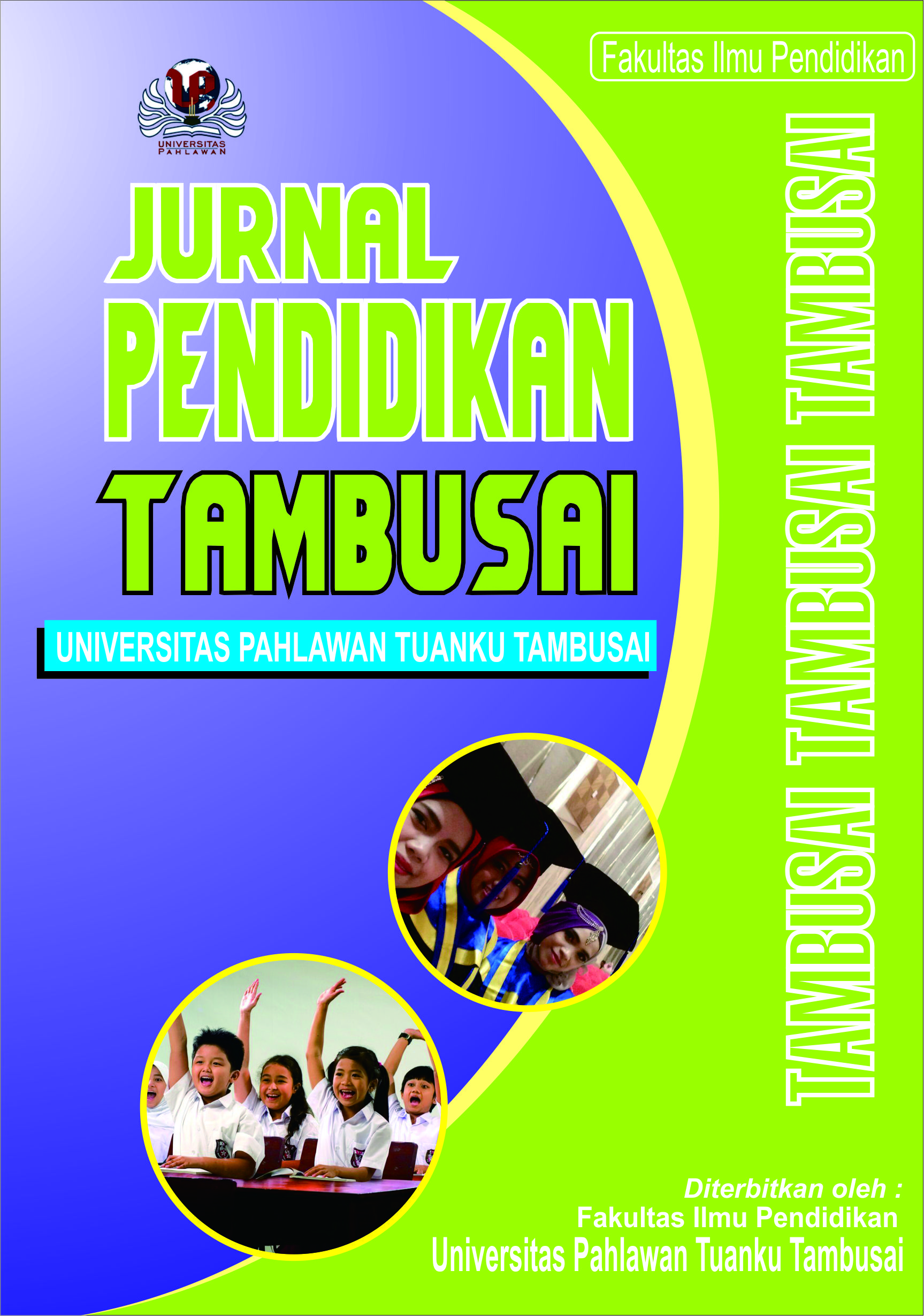Is Group Investigation Technique Effective for Teaching Speaking in News Items? An Experimental Design at Senior High School
DOI:
https://doi.org/10.31004/jptam.v7i1.5538Keywords:
Teknik Group Investigation, News Item, Pengajaran BerbicaraAbstract
Penelitian ini bertujuan untuk mengetahui skor rata-rata kemampuan berbicara bahasa Inggris siswa pada mata pelajaran News Item sebelum dan sesudah diajar dengan menggunakan teknik Group Investigation dan untuk menguji apakah ada perbedaan yang signifikan antara teknik Group Investigation terhadap kemampuan siswa dalam Berbicara. Item Berita. Penelitian ini menggunakan desain quasi eksperimen. Sampel dalam penelitian ini adalah kelas 12 MIPA1 dan kelas 12 MIPA2 di SMAN 1 Tapung dengan jumlah masing-masing 34 siswa dan 30 siswa. Pengumpulan data dilakukan dengan tes berbicara siswa terkait artikel berita. Peneliti melakukan analisis data dengan menggunakan SPSS versi 16.0. Penelitian ini menyimpulkan bahwa rata-rata siswa setelah diajar dengan teknik Group Investigation (66,12) lebih tinggi daripada sebelum diajar dengan teknik Group Investigation (53,35). Dari data tersebut peneliti menyimpulkan bahwa terdapat perbedaan yang signifikan (p-value =0,00 < 0,05).
References
Ary, D., Jacobs, L.C., Razavieh, A., & Sorensen, C. K. (2010). Introduction to Research in Education, 8th Edition. In USA: Wadsworth, Cengage Learning.
Bygate, M. (2010). Language Teaching: Speaking (C. N. Candlin & H. G. Widdowson (eds.)). Oxford University Press.
Creswell, J. W. (2011). Research Planning Conducting and Evaluating Quantitative and Qualitative Research_ 4th Edition.
Efrizal, D. (2012). Improving Students ? Speaking through Communicative Language Teaching Method at Mts Ja-alhaq , Sentot Ali Basa Islamic Boarding School of Bengkulu , Indonesia. International Journal of Humanities and Social Science, 2(20), 127–134.
Gay, L.R., Mills, G.E., & Airasian, P. (2015). Educational Research: Competences for Analysis and Applications. 10th edition. Boston: Pearson.
Gebhard, J. G. (2000). Teaching English as a Foreign or Second Languange. 211.
Iswardati, I. (2016). The Implementation of Group Investigation to Improve the Students? Speaking Skill. Dinamika Ilmu, 16(2), 245. https://doi.org/10.21093/di.v16i2.551
Kayi, H. (2006). Teaching Speaking: Activities to Promote Speaking in a Second Language. The Internet TESL Journal, XII (11), pg 1. http://www.iteslj.org
Oferischa, D., & Anwar, D. (2018). Teaching Speaking News Item Through Group Investigation Technique in Senior High School. Journal of English Language Teaching, 7(1), 1.
Setiawan, H. (2018). The Use of Group Investigation Technique in Improving Speaking Skill At Tridinanti University Of Palembang. Jurnal Elsa, 16(1).
Trisnaningsih, W. (2013). Developing Student Speaking Activities Through Video Recordingtechnic. 63–68.
Yosiphanungkas, Y., Mandayu, B., Susilawati, E., (2014)). The Effect of Group Investigation Technique for English. Education, E., Program, S., & Education, A. n.d. 1–8.
Zingaro, D. (2008). Group Investigation: Theory and Practice. Ontario: Institute for Studies in Education.
Downloads
Published
How to Cite
Issue
Section
Citation Check
License

This work is licensed under a Creative Commons Attribution-ShareAlike 4.0 International License.
Authors who publish with this journal agree to the following terms:
- Authors retain copyright and grant the journal right of first publication with the work simultaneously licensed under a Creative Commons Attribution License that allows others to share the work with an acknowledgement of the work’s authorship and initial publication in this journal.
- Authors are able to enter into separate, additional contractual arrangements for the non-exclusive distribution of the journal’s published version of the work (e.g., post it to an institutional repository or publish it in a book), with an acknowledgement of its initial publication in this journal.
- Authors are permitted and encouraged to post their work online (e.g., in institutional repositories or on their website) prior to and during the submission process, as it can lead to productive exchanges, as well as earlier and greater citation of published work (See The Effect of Open Access).



